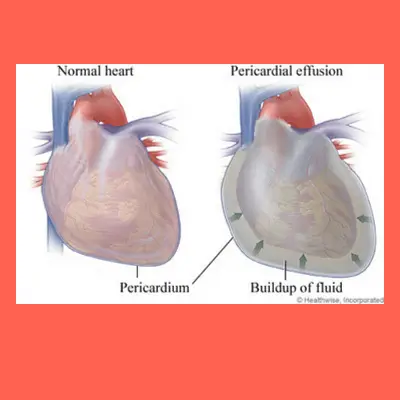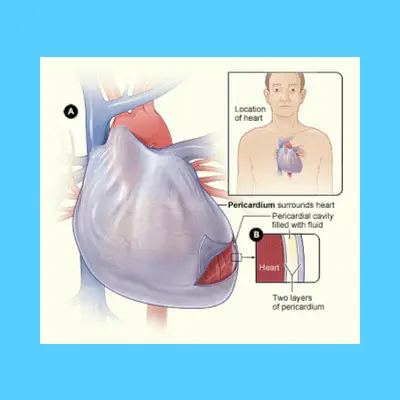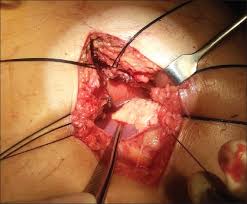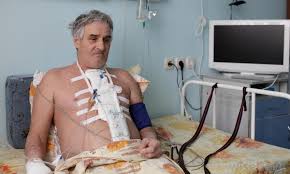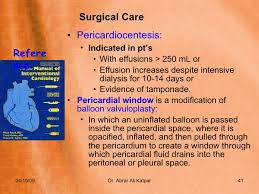Pericardial effusion and pericardial window procedures are common cardiac findings. Pericardial effusion is when an individual has fluid around the heart. This fluid accumulates in the pericardial cavity. A pericardial window is a cardiac procedure to create a “window” to drain a pericardial effusion.
Definition of Pericardial Effusion and Pericardial Window

Pericardial Effusion Pathophysiology
Pericardial Effusion Causes
- Trauma
- Heart Attack
- Cancer
- Chest radiation
- Kidney failure
- Decreased thyroid function
- Autoimmune diseases
- Unknown causes
Any of the above conditions can cause a pericardial effusion. However, an individual can develop a pericardial effusion without having any of these conditions.
Often time, the cause of the pericardial effusion is difficult to determine. Some diagnoses like an enlarged heart or pleural effusion were more common in patients with tuberculosis or cancer. Pericardial effusions that are bloody are associated with cancer.
The Signs and Symptoms of Pericardial Effusion Are:
- Chest Pain behind the breast pain
- Palpitations
- Shortness of breath and cough
- Hoarseness
- Confusion and anxiety
- Hiccoughs
- Discomfort when laying down
- Chest fullness
Pericardial Treatment: Pericardial Window
[su_frame]According to Mon Health Medical Center, ” Sometimes doctors don’t know why the fluid builds up. A pericardial window is not the only way to remove fluid around the heart. Another procedure used by doctors is catheter pericardiocentesis. This uses a needle and a long, thin tube (a catheter) to drain the fluid from the heart. But if your condition makes this method difficult, your doctor is more likely to use a pericardial window. Your doctor might also be more likely to advise surgery if you have had catheter pericardiocentesis in the past and the excess fluid came back. You are also more likely to need surgery if a piece of your pericardium needs to be examined. This is done to diagnose the source of the fluid.”[/su_frame]
A pericardial window is an invasive test done on the sac that surrounds the heart. When a small part of the sac is removed from around the heart, it allows the surgeons to drain fluid.
The sac that surrounds the heart is called the pericardium. This sac normally has two thin layers with a small amount of fluid between them. Sometimes, a large amount of fluid gets between the layers and this can cause a problem. The purpose of the small amount of fluid is to prevent friction between the two layers.
When there is too much fluid between the two layers, the heart does not function as well.
Individuals with acute signs such a fever and pain should be treated with non-steroidal anti-inflammatory drugs like Motrin or Naprosyn. Steroids should be avoided because they increase the chances of relapses.
Colchicine is a drug that is used in pericarditis.
How is Pericardial Effusion Diagnosed?
A pericardial effusion is diagnosed in many ways.
- Echo
- Xray
- CT scan
- MRI of the heart
Pericardial Window Complications and Pericardial Window Side Effects
Every invasive procedure has risks. A pericardial window involves surgical to the heart. Therefore, there are risks and sometimes complications. These are:
- Blood clots
- Infection
- Damage to the heart
- Bleeding excessively
- Anesthesia complications
- The fluid may return around the heart
Pericardial Window Recovery
Since a pericardial window is an invasive procedure, you will have to have anesthesia. There are many types of anesthesia and it all depends on your other health conditions, your age, etc. This is an inpatient procedure. Therefore, you will have to stay in the hospital for a few days. Most likely, you will have a tube draining from your heart or chest area.
While in the hospital, your vital signs will be closely monitored. You will be able to eat after a few hours.
You will have staples or stitches, and they will be removed in a follow-up appt around 6-10 days. It is extremely important that you keep up with all of your appointments. You will have some soreness, however, your doctor will prescribe pain medication.
You should only assume normal activities once you have your first appointment. Avoid heavy lifting, and call the doctor immediately if you have a fever, draining, or new pain.
Pericardial Effusion
Bottom Line and Prognosis
The prognosis of pericardial effusion depends on the underlying causes. The prognosis is poor in people with cancer. Prognosis is very good in idiopathic/viral pericarditis. In patients with tuberculous or purulent pericarditis, the prognosis depends on if the individual had adequate treatment.

